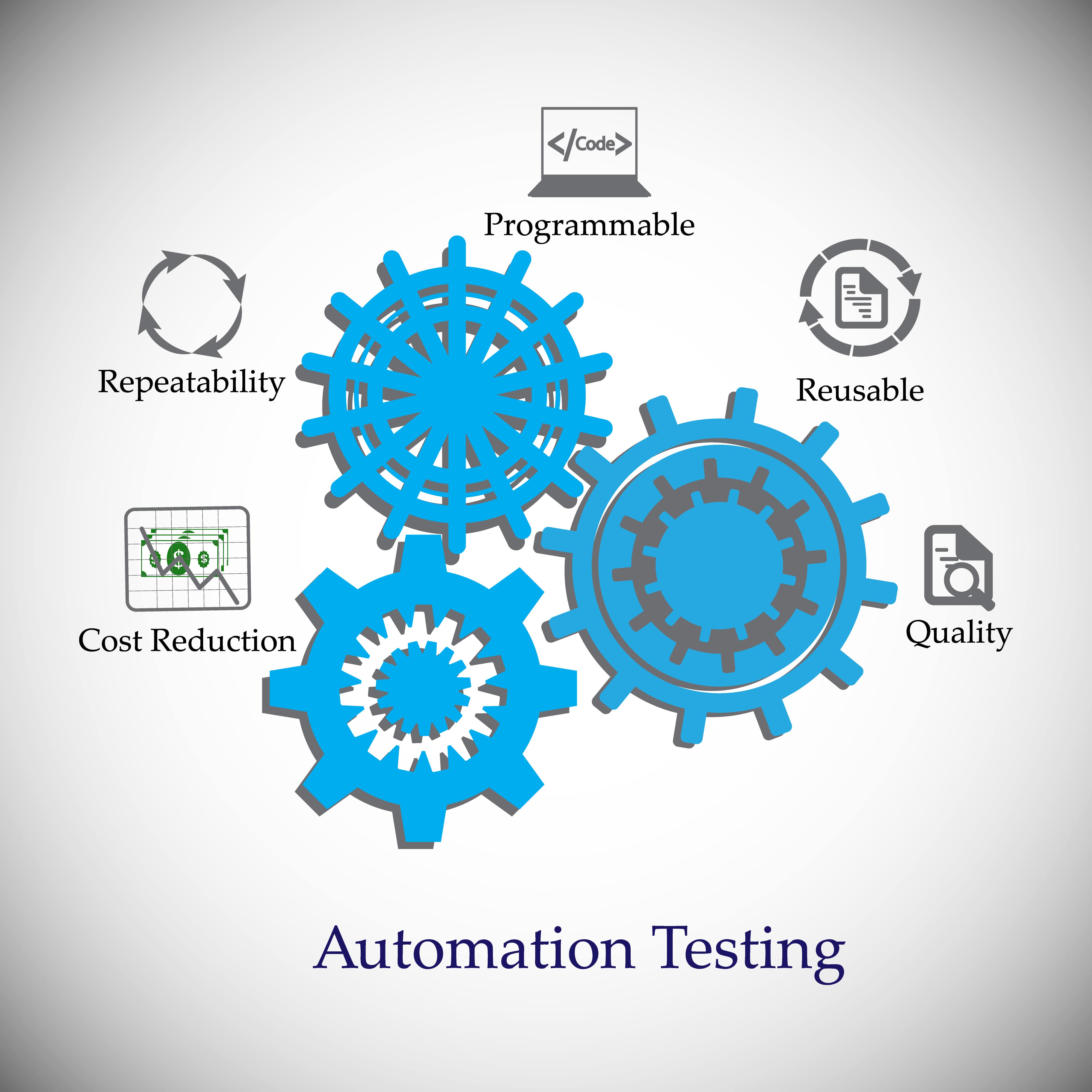Guaranteeing Success in Automation Evaluating: Key Metrics, Challenges, and Solutions Every QA Group Need To Know
In the realm of software application high quality assurance, the landscape of automation testing is ever-evolving, demanding a meticulous strategy to make certain smooth procedures. The trip to understanding automation screening is led with subtleties that need a keen eye for monitoring, evaluation, and continual renovation. As the market drives onward, the quest for optimal performance in automation testing stays a consistent search, prompting QA teams to furnish themselves with the knowledge and techniques necessary for triumph.
Value of Trick Metrics
Comprehending the importance of essential metrics is crucial for assessing the performance and performance of automation testing procedures. Secret metrics act as quantifiable steps that provide valuable insights into numerous facets of the screening procedure, such as examination coverage, test execution time, issue thickness, and test situation efficiency. By evaluating these metrics, QA teams can recognize traffic jams, inadequacies, and areas for enhancement within their automation screening structure.
One critical aspect of crucial metrics is their capability to track progress and keep an eye on the general health of the testing process (automation testing). They make it possible for stakeholders to make enlightened decisions based on data-driven understandings, which can cause a lot more effective screening methods and far better resource allotment. Additionally, vital metrics can aid groups set realistic objectives, determine the success of automation efforts, and demonstrate the ROI of automation screening efforts

Common Obstacles Dealt With
Challenges typically come across in automation screening procedures can significantly affect the total performance and performance of QA teams. One of the major obstacles is the selection of the appropriate test situations for automation. Not all test situations are suitable for automation, and picking the wrong ones can bring about lost time and resources. In addition, maintaining examination scripts can be a complicated task, specifically as the application undergoes constant changes. Examination script upkeep calls for constant updates and modifications to guarantee they show the existing performance properly. One more usual challenge is the preliminary investment needed for establishing automation frameworks and tools. This can be an obstacle for some companies, specifically smaller ones with restricted spending plans. Automation testing might not cover all aspects of testing, such as functionality and user experience testing, which still require hand-operated treatment. Overcoming these obstacles calls for correct preparation, critical test case choice, robust upkeep processes, ample sources, and a clear understanding of the restrictions of automation screening.
Efficient Solutions for Obstacles
To attend to the barriers experienced in automation testing, executing reliable solutions is important for improving the performance and performance of QA teams. One essential option is to invest in durable training programs for QA teams to ensure they have the essential abilities to properly make use of automation devices. Training can connect knowledge gaps, improve understanding of automation structures, and boost scripting capacities, eventually causing a lot more effective test creation and execution.
Another vital remedy is to develop clear interaction channels within the QA team and with other stakeholders, such as developers and project managers. Reliable interaction assists in aligning assumptions, sharing development updates, and immediately dealing with issues or obstructions that may develop during the automation testing process.

Surveillance and Evaluation Strategies
Applying effective monitoring and evaluation strategies is essential for making sure the success and performance of automation screening processes. Additionally, evaluating test results and metrics offers useful insights right into the top quality of the software program being checked and the efficiency of the testing method.
One trick technique in surveillance and analysis is making use of dashboards that combine pertinent metrics and KPIs in an aesthetically accessible style. These control panels offer Resources an extensive overview of examination implementation status, test insurance coverage, issue trends, and various other vital information. On a regular basis reviewing and evaluating these dashboards can help QA groups make educated choices, prioritize jobs, and maximize screening efforts.
In addition, carrying out automated alerts and notices based on predefined thresholds can enhance aggressive monitoring and prompt intervention. By establishing notifies for performance variances or test failings, teams can resolve problems without delay and avoid them from escalating. On the whole, surveillance and analysis techniques play a crucial function in ensuring the effectiveness and success of automation testing efforts.
Constant Renovation Approaches
Enhancing the effectiveness of automation screening processes demands the regular improvement of methods and strategies. One essential approach to enhancing automation testing processes is to conduct normal testimonials and retrospectives.

Verdict
Finally, it is vital for QA teams to recognize the essential metrics, obstacles, and options in automation testing to make sure success. By thoroughly monitoring and assessing data, applying efficient remedies to typical challenges, and continually improving approaches, QA groups can optimize their screening processes and provide top quality software. Sticking to these techniques will inevitably result in more efficient and reliable automation testing techniques.
By evaluating these metrics, QA groups can determine bottlenecks, inadequacies, and areas for renovation within their automation testing structure.
Furthermore, key metrics can you can check here aid groups established reasonable goals, gauge the success of automation initiatives, and demonstrate the ROI of automation testing efforts.
Difficulties generally experienced in automation testing procedures can significantly impact the general performance and performance of his explanation QA teams. Automation testing may not cover all elements of testing, such as functionality and user experience testing, which still need hands-on treatment.In conclusion, it is vital for QA groups to recognize the key metrics, difficulties, and options in automation screening to ensure success.